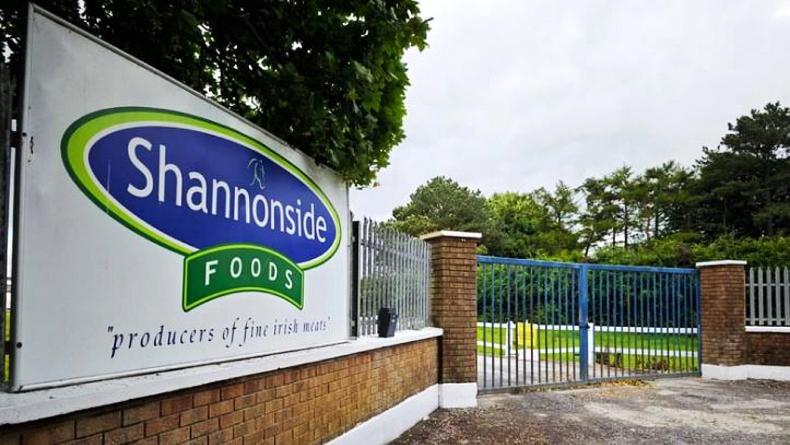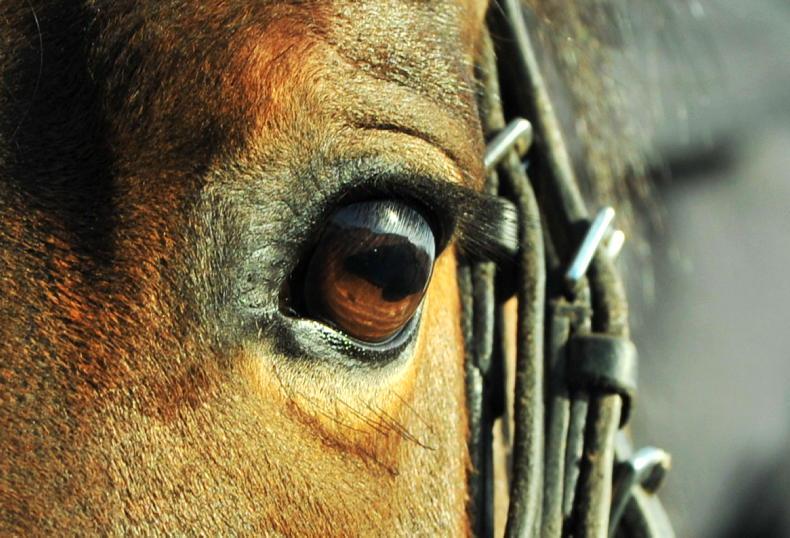A SHIPMENT of 26 horses illegally travelling on Irish paperwork which was intercepted by port authorities late last year highlighted the flaws in the current paper-based identification system for equines.
That’s according to Roly Owers, chief executive of World Horse Welfare, who is keen to see next Wednesday’s RTÉ Investigates report.
Owers told The Irish Field: “This is a trade that is far wider than just thoroughbreds, as illustrated by the case of the ‘Dover 26’ that came into our care at the end of last year.”
The 26 equines were seized as they were being transported out of Dover to Calais on Irish paperwork (with only 19 of the 26 animals declared), despite having originated in England only a short time earlier.
“As there is no individual traceability of equines, we will never know whether they were moved through Ireland, or if just the vehicle made this journey, but either way the trader was not compliant with Animal Health Law requirements or welfare during transport – the animals were crammed into a vehicle in filthy conditions.
“Whether these horses would have been given new identities is unknown, what we do know is that the current paper-based equine identification system is far too open to fraud.”
Owers says that those involved in this trade don’t need to remove the microchips from the horses’ necks; they can deactivate the chip before giving them a new identity.
Some horses may also be issued replacement or duplicate passports (enabling them to receive veterinary medicines that sign them out of the food chain), while the trader retains the original and clean passport.
This allows equines to be slaughtered in a foreign slaughterhouse on their original and clean passport. Slaughterhouses are not required to check a third country database and may not be able to do so – as not all countries have a publicly facing site that can be checked.
“A key part of the solution to stopping this trade is better traceability processes and record-keeping, better sharing of this information between agencies, and intelligence-led enforcement,” says Owers.
He says this includes:
Owers added: “We appreciate that Ireland is moving towards this, but this needs to cover all equines and all key movements must be recorded and linked to the individual equine. Ideally this should be integrated with systems such as TRACES.
“The chip cannot be the only form of identification, but we know silhouettes are hard to read, therefore we strongly suggest that photographs are also used, and the description of the equine is quick and easy to update (and vet verified).”
He says this digital system must also allow for a digital buyer/seller handshake, and for markets to record that the equine has been on the premises and slaughterhouses to update the records to notify that they have been slaughtered.
“This will give greater certainty that the equine can be traced back to the last legitimate point of sale (and who the animal was sold to, even if they haven’t updated the record), and flag immediately to competent authorities that an equine has been slaughtered abroad.
“A digital system will also help build a better picture of the compliant and non-compliant trade and allow for intelligence and data-led enforcement.”




 This is a subscriber-only article
This is a subscriber-only article
 It looks like you're browsing in private mode
It looks like you're browsing in private mode










SHARING OPTIONS: